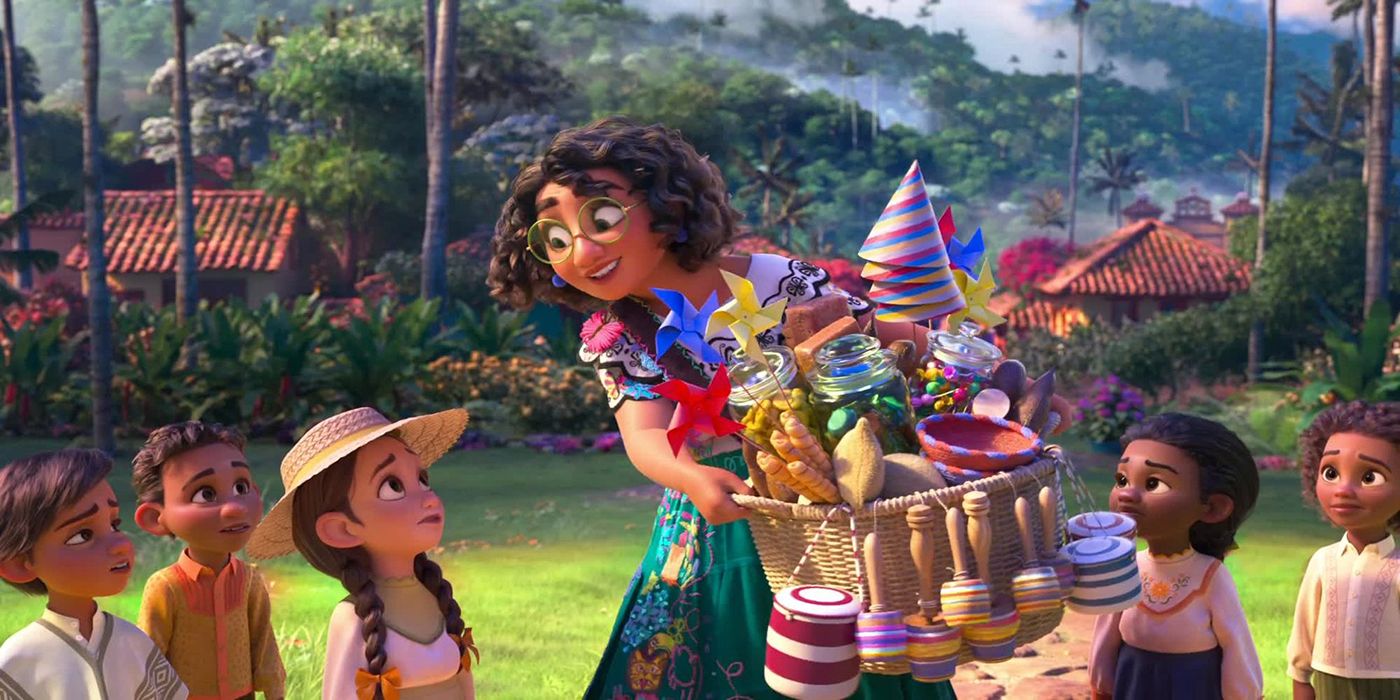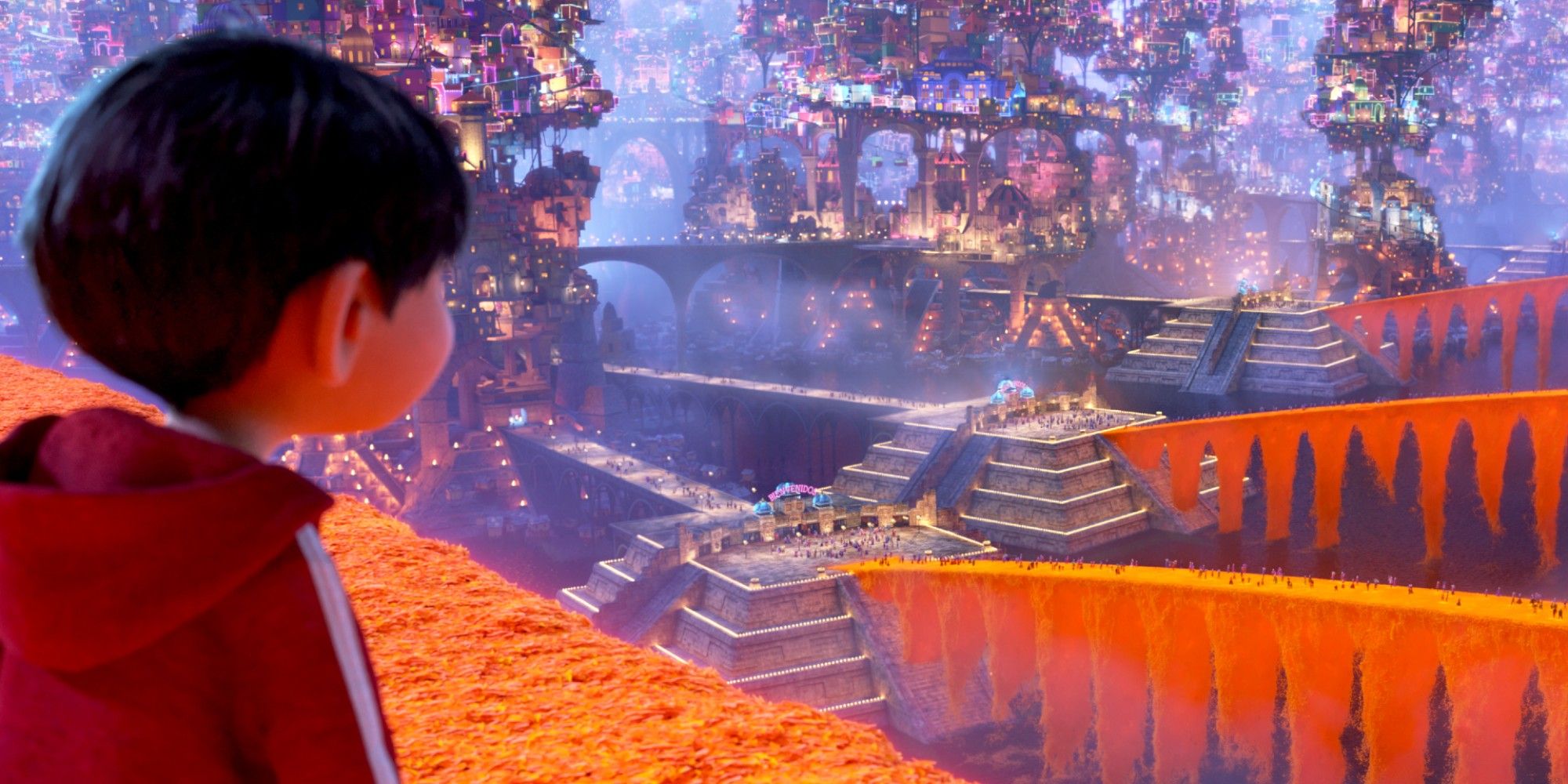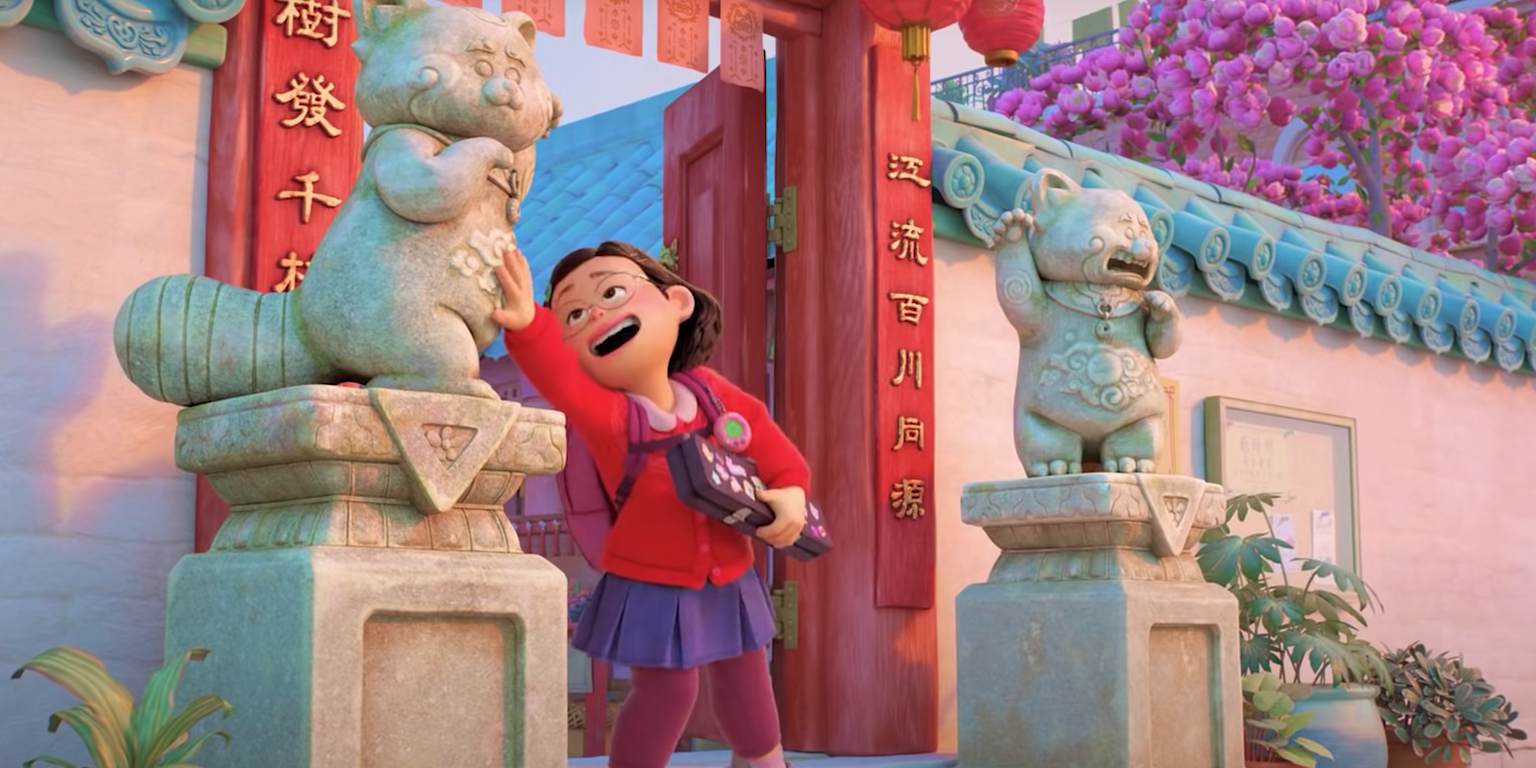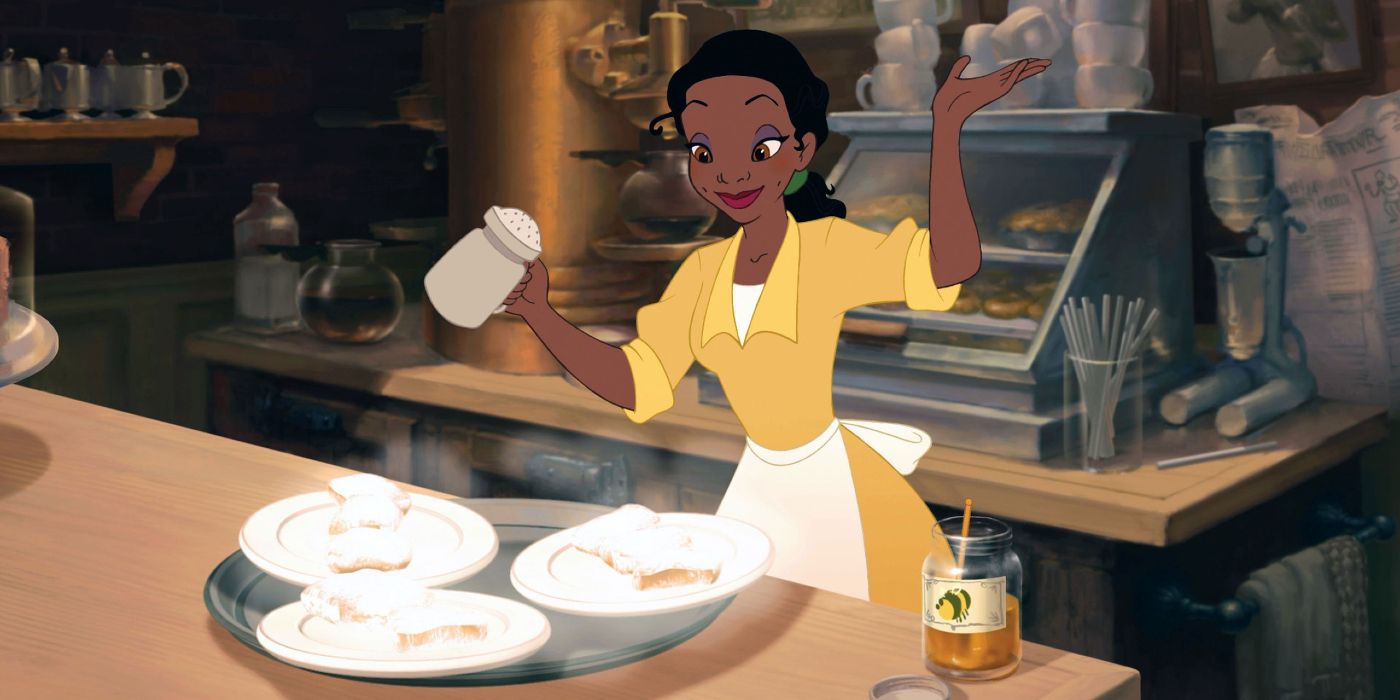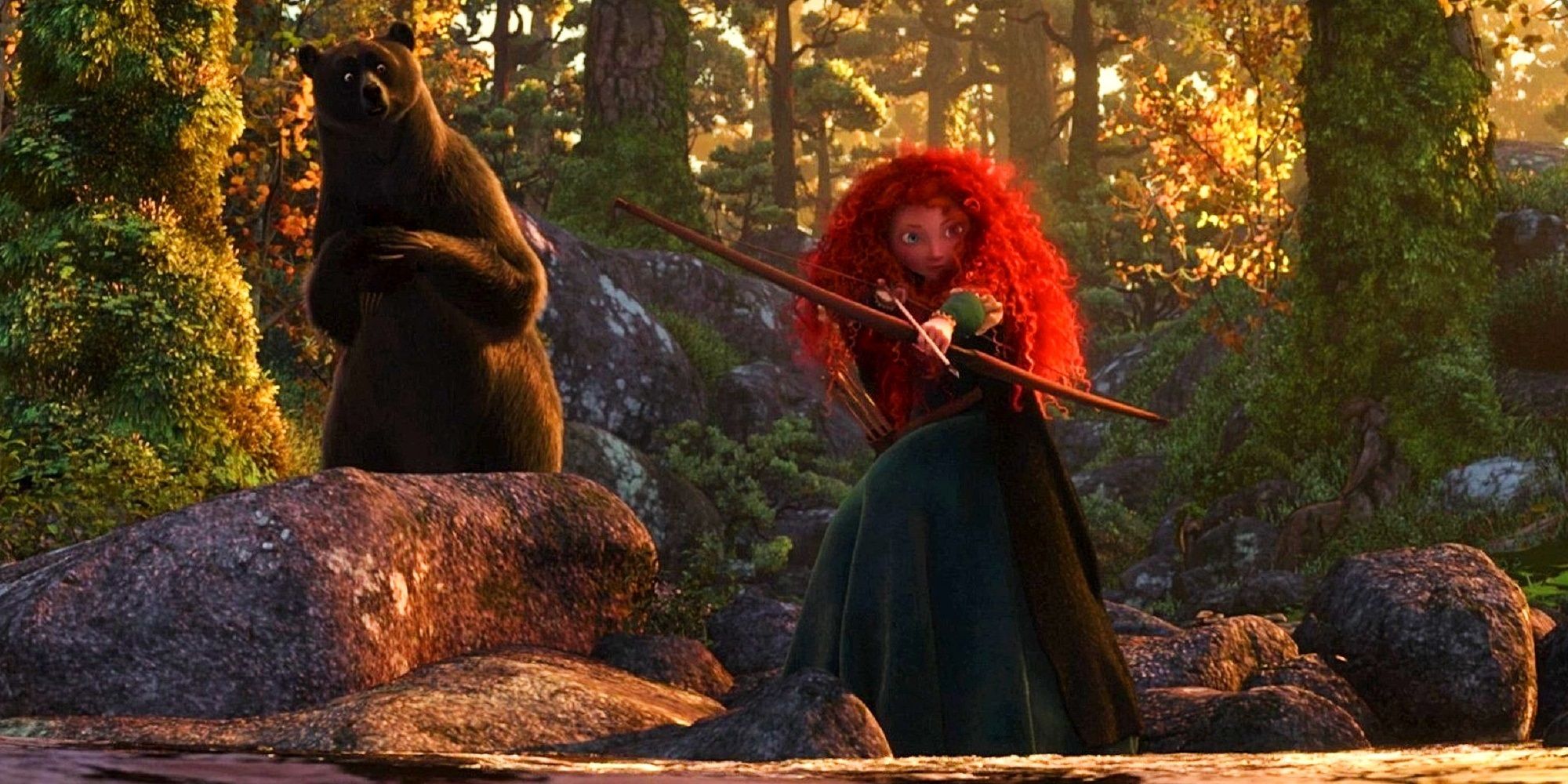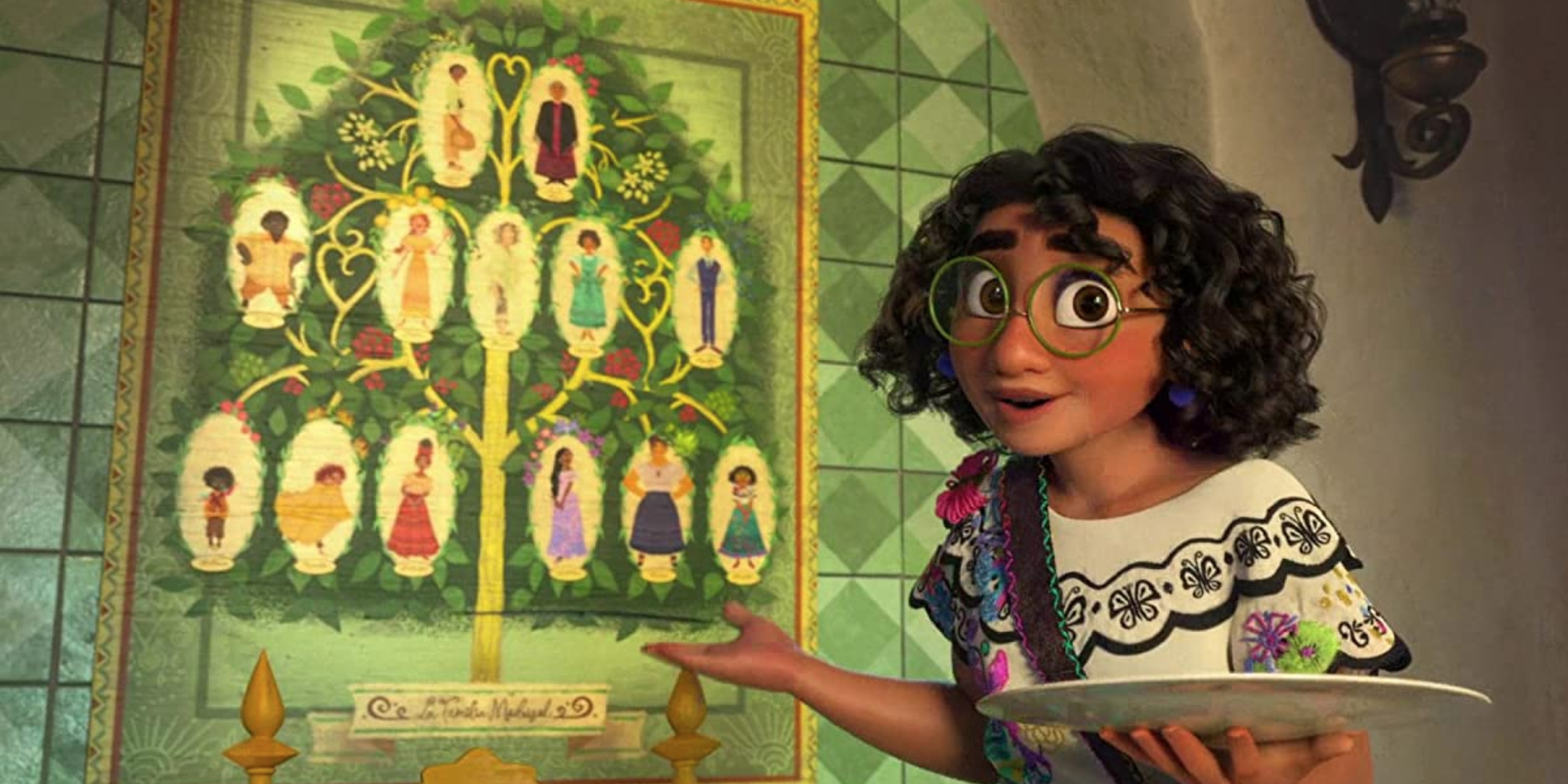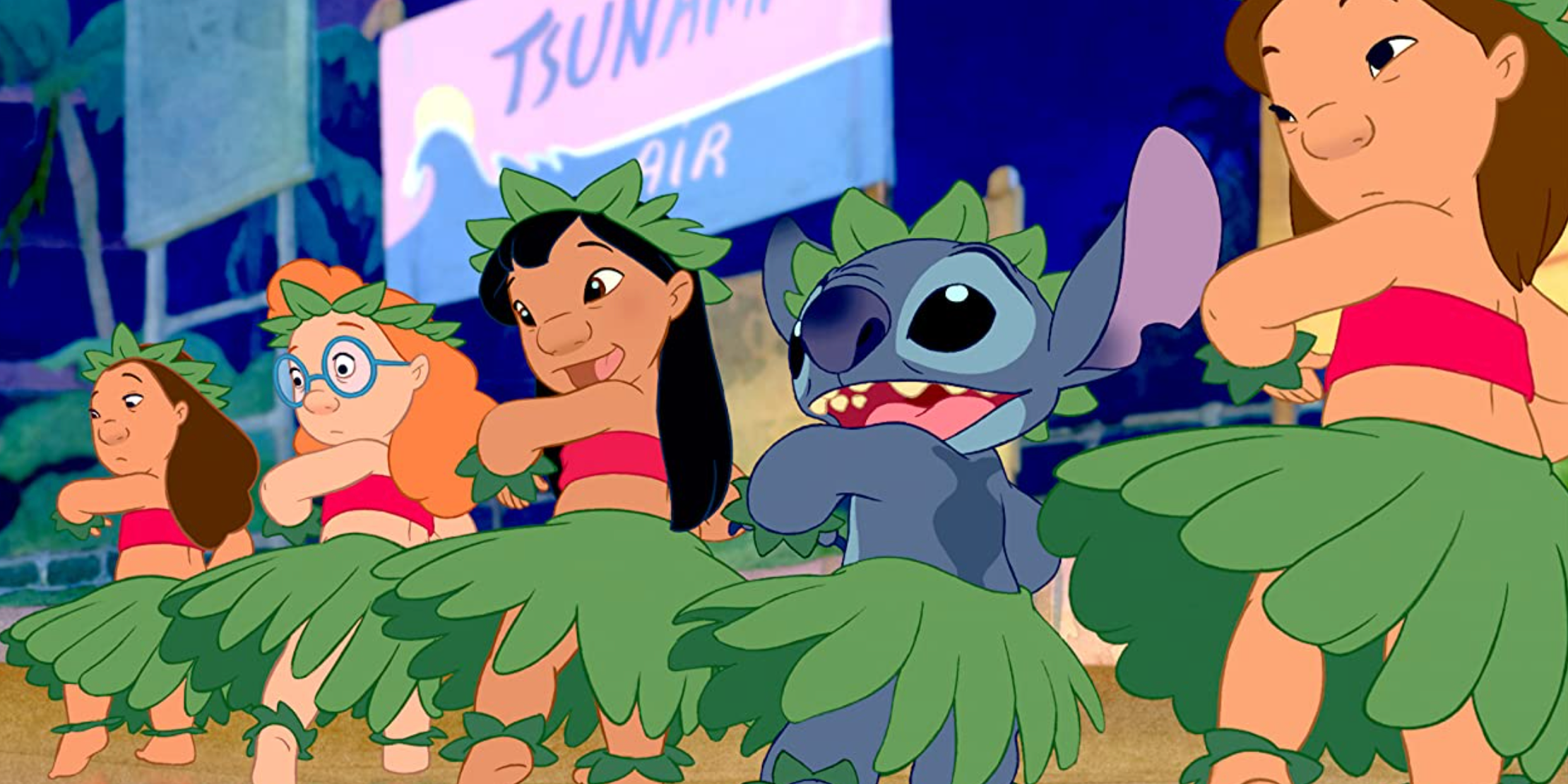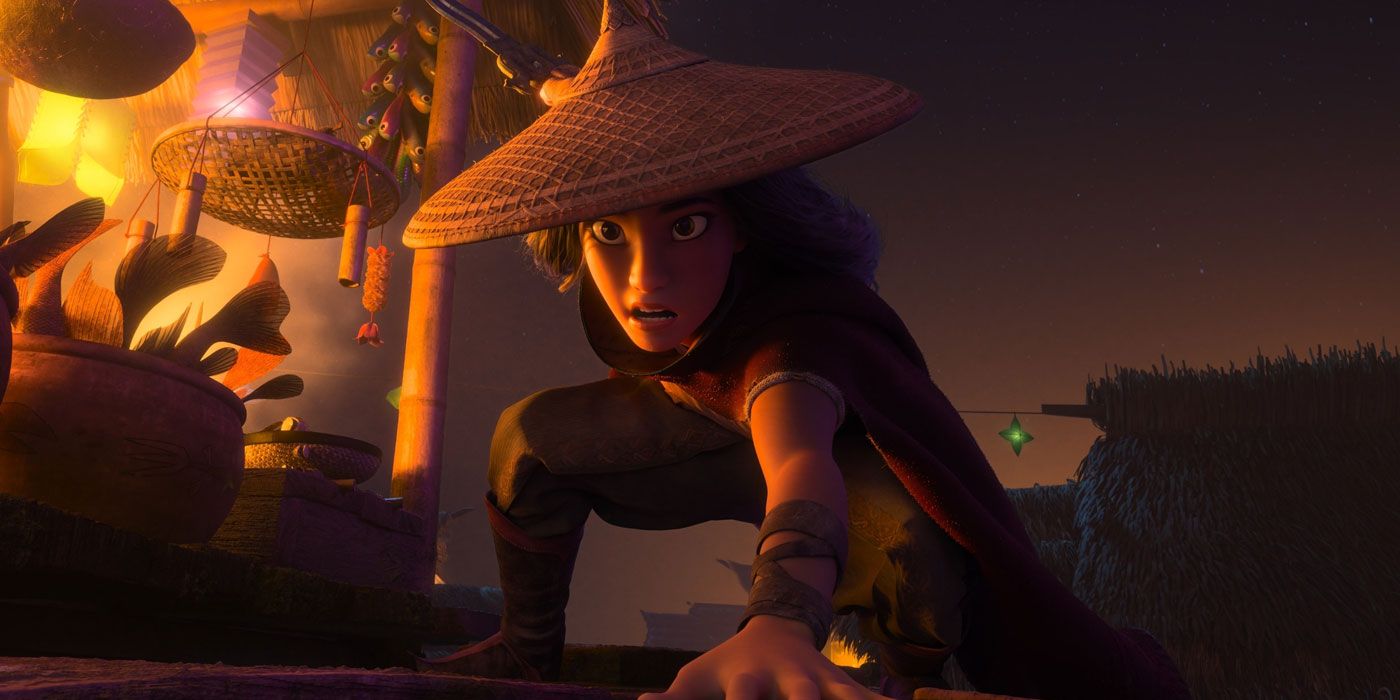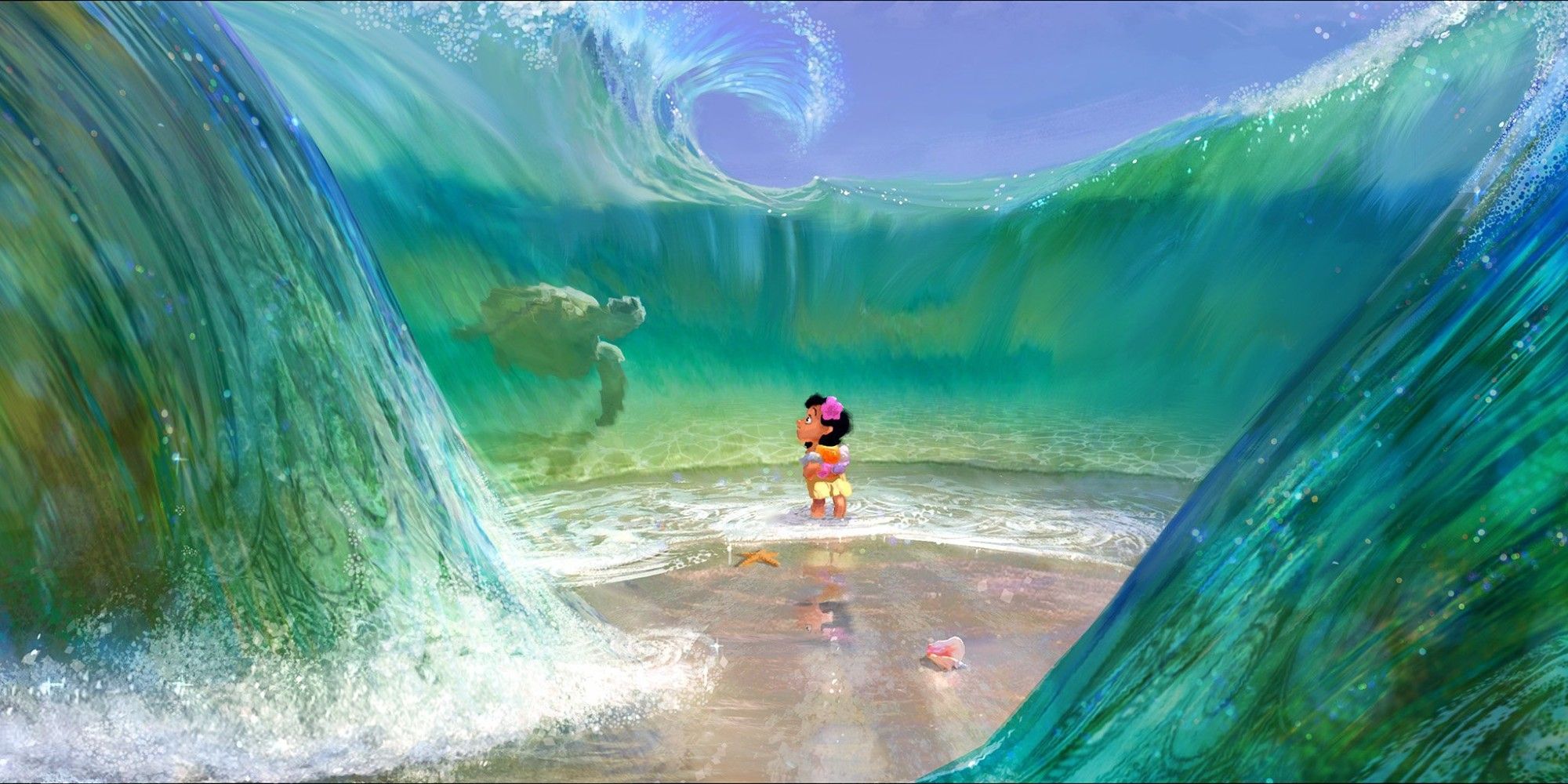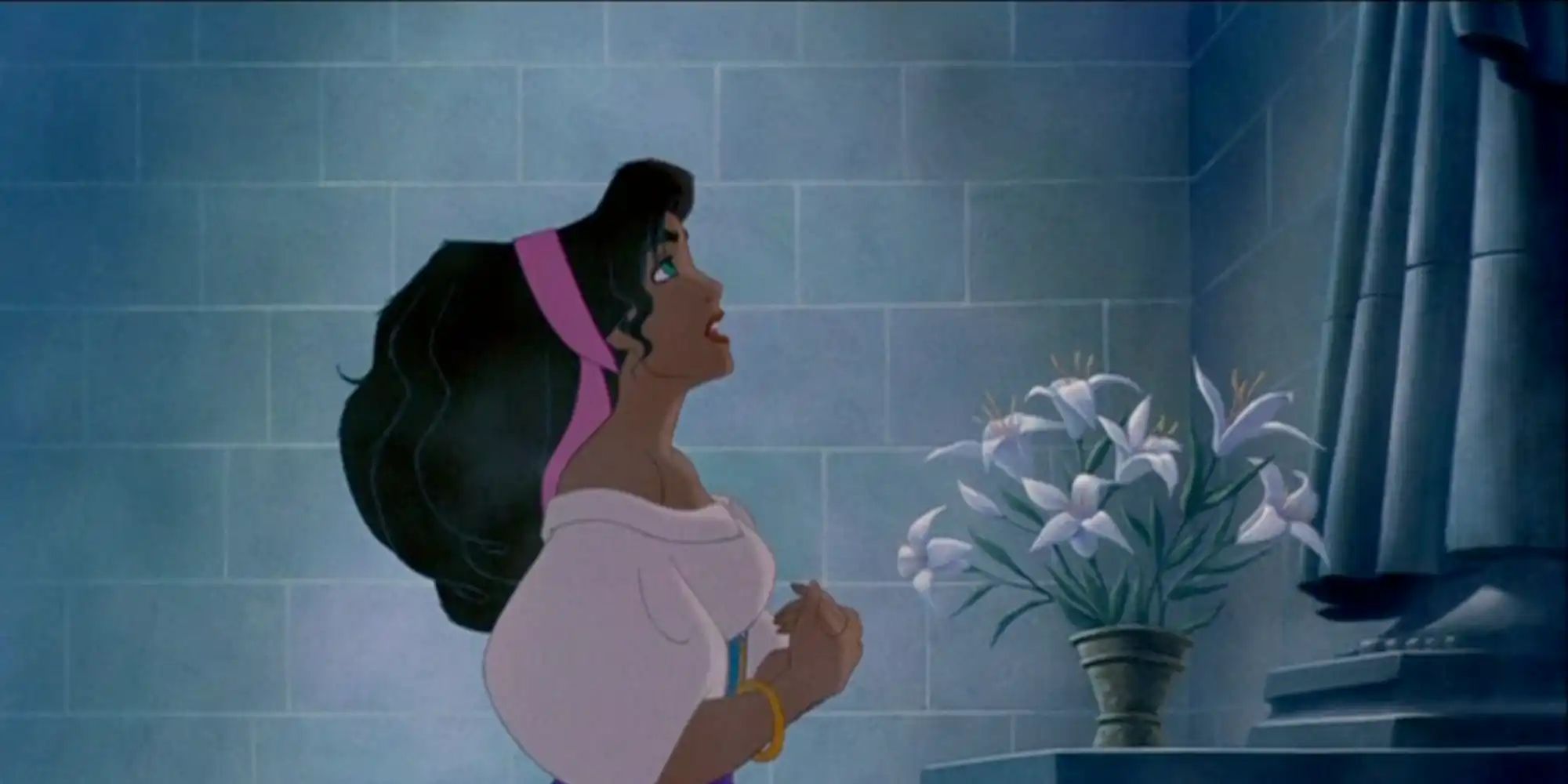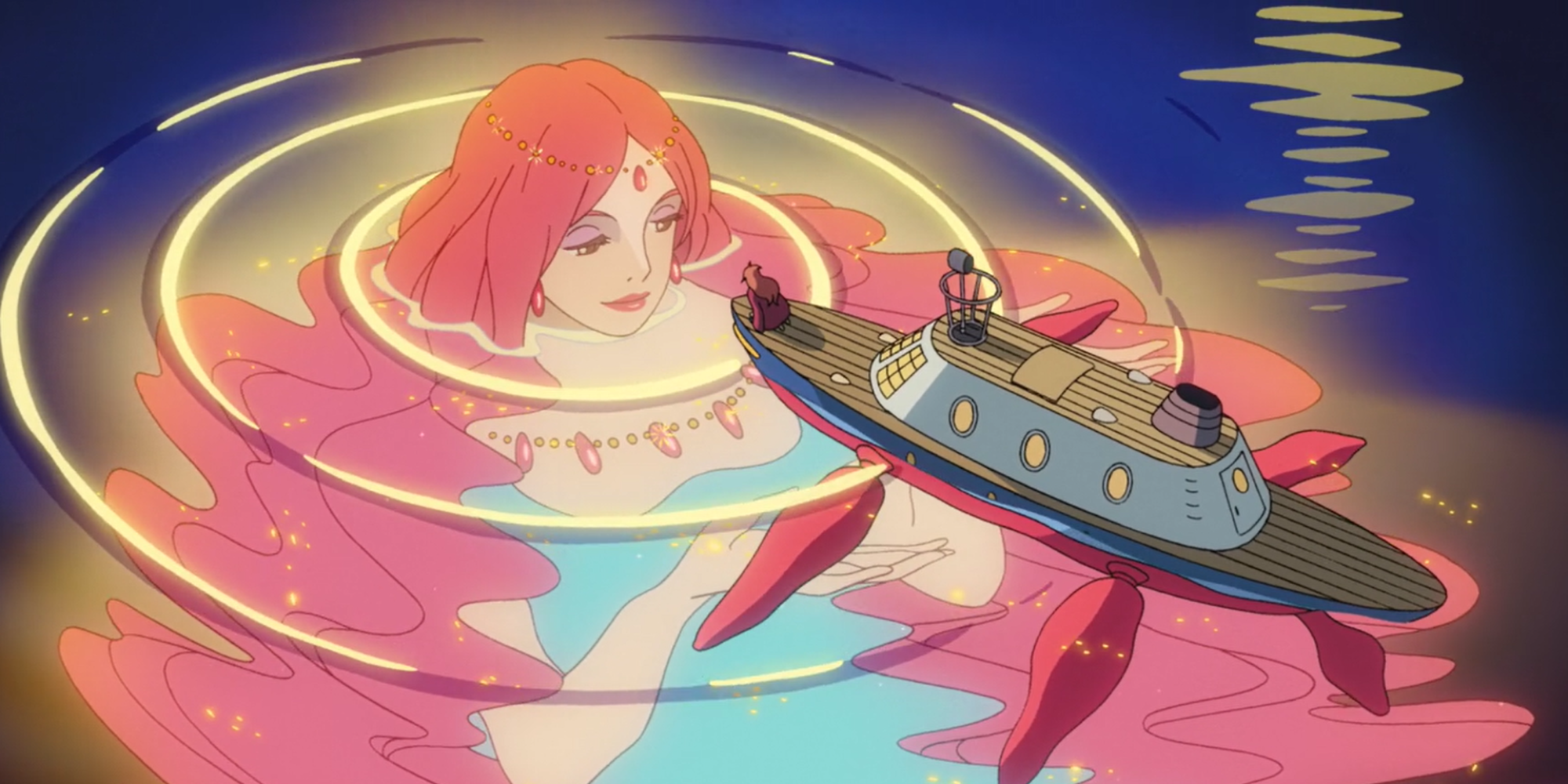Disney has built a foundation of their world on classical European fantasy and magical lore, but with the recent exploration of global cultures, they have managed to reach the hearts of the vast communities worldwide. Opening their world from Asia across to the Americas, viewers now have an opportunity to see themselves in the mainstream.
Presenting these stories with intricately studied details, cultural accuracy, and a touch of their magic, Disney is diversifying the plains of their ever-expansive world.
Coco (2017)
Coco is hailed as one of Disney’s most accurately detailed movies regarding cultural representation. It celebrates the historical and cultural values of Mexico and Latin America through a vibrant showcase of aesthetics, theme, and score.
The film explores the deep roots of ancestral bonds, honoring the traditional practices of Day of the Dead festivities with detailed costume and set design. Customary symbols of the afterlife, like Marigold flowers and Veladora candles, are recurring throughout Miguel’s travels. Discussions of traditional literature and folklore are also introduced in the movie, giving further background on the mythology behind certain beliefs. In honoring Mexican music, the accompanying soundtrack was released in English, Spanish, and Portuguese, sampling marimba, jawbone rattle, and zapateo rhythm instrumentals.
Turning Red (2022)
Disney wades into relatively uncharted territory by exploring the cross-cultural identities of first-generation immigrant teenagers. Turning Red directly targets many of Disney’s Western POC audiences, where navigating the nuances of old and new cultures is a commonality that many seem to face.
Turning Red provides familiarity for Asian audiences with the mention of early 2000s obsessions, like K-Pop and Sailor Moon. However, larger sentiments of cultural conflict, those relatively taboo to the Disney image, are also introduced as a means of perceptive representation. This opens a reflective discussion for young Asian audiences, where the confrontation of Asian diasporic practices, such as filial piety, is a trial in their rite of passage.
The Princess and The Frog (2009)
Exploring the historically African American culture that circulates in New Orleans, The Princess and The Frog is one of Disney’s breakthrough representations of race and religion in an American context.
The Princess and The Frog exhibit the practice of Southern Voodoo, a religion customary to many in contemporary society. Creole cuisine is essential to Tiana’s tale, as we see beignets and gumbo as recipes that sit close to her heart. Southern Jazz dominates the score, accrediting the historical Black roots of the genre. As the first Black princess inaugurated into the Disney Princess Hall of Fame, Tiana represents a deep Southern history that has been overdue a spotlight in mainstream media.
Brave (2012)
Brave introduces the world to the cultural history of Medieval Scotland, giving praise to the country through an intricate narrative and setting. The film showcases the folklore, fashion, and nobility of the 10th Century.
Brave intricately remodels the landscape of the Scottish Highlands through backdrops of traditional Standing Stones, and carvings on Pictish Stones. The film also on-boarded folklore from these settings, as the mysterious ‘will o’ the wisp’ are an influence on Merida’s tale. Brave explores the medieval customs of class and nobility by incorporating marriage and fashion as means of status. Further, there is a celebration of cultural fashion, where three original tartans were designed for the film, each representing the different Clans. The Walt Disney Company later submitted the Clan DunBroch’s tartan to the Scottish Register of Tartans.
Encanto (2021)
From Reggaeton to Cali salsa, Colombian mountains, and lively flora and fauna, Encanto is a spirited showcase of everyday life in Colombia. By celebrating food, music, and family, the Madrigal household represents a spectrum of cultural diversity that accurately reflects the Colombian population.
As an ode to Colombian history, Encanto is transparent about the displacement and political conflict that has historically affected its citizens. In Mirabel’s journey, the idea of home is not situated on location, but rather through the preservation of art, nature, and heritage. Seen in the ethnic diversity of the Madrigal family, the film focuses on building relationships as a sense of community.
Lilo and Stitch (2002)
Lilo and Stitch accurately transposes the picturesque landscape of Kaua'i, Hawaii into its animated world. Directors Chris Sanders and Dean Deblois ensured native accuracy, particularly the elements of dialect, music, and dance.
When representing Hawaiian values, the character relationships famously emphasized the spirit of ‘Ohana: where family extends beyond the limits of blood. Consultation of design details took place with cultural dance specialist Mark Keali'i Ho'omalu. Animators mimicked hula choreography by sketching and tracing performances down to minute movements. Lilo and Stitch perfectly encapsulate how the Hawaiian spirit prevails the island’s history.
Raya and the Last Dragon (2021)
The fantasy world of Kumadra is an immersive celebration of South East Asia, detailing the cultural intricacies of architecture, clothing, and customary traditions. Film production for Raya and the Last Dragon consulted with anthropologists, architects, dancers, linguists, and musicians across SEA.
Every detail in the film ensures an accurate representation of a SEA country. As seen on Raya, Salakót headgear and sampot dress represent traditional Cambodian and Filipino styles. The architecture of many backdrops mirrors the architecture of their respective cultures, with Indonesian Rumah Gadang seen in Fang, and Taiwanese and Vietnamese floating markets seen in Tallon. Fighting sequences incorporated distinct styles of Muay Thai and Pencak Silat.
Moana (2016)
Moana fully engages with Polynesian mythology through the tales of the goddess Te Fiti/Te Kā and the original birthplaces of the islands. In search of a connection with the land, the film also explores the importance of duty within Polynesian society. Moana’s roles as the Chief's daughter and as a Wayfinder are instrumental to her finding her identity.
The film is filled with symbolic cultural elements that represent their individual stories. Maori Ta Moko tattoos across Maui’s skin reveal a pictorial of his past achievements, and sacred relics, like the Pounamu stone and makau hook, represent a deep lineage with cultural preservation. Samoan and Tongan traditional dress highly influenced the costume design process, with woven ngatu storytelling patterns seen in the final costumes.
The Hunchback of Notre Dame (1996)
One of Disney’s darker films, The Hunchback of Notre Dame opens a discussion on race, class, and religion. The identities of Esmeralda and Quasimodo are embodiments of marginalized peoples, a sentiment that, then, reflected the attitudes of 15th Century France. Based on Victor Hugo’s gothic novel of the same name, Disney opts to preserve its mature themes to ensure that its portrayal is culturally accurate.
During a cultural shift, the destruction of French Gothic styles saw many traditionalists pushing for conservation. With heavy Roman Catholic influence in power, the film depicts these attitudes through its themes, namely with the treatment of Esmeralda, who faced religious alienation, political corruption, and discrimination against her Romani ethnicity. The film also ensures aesthetic accuracy, as the animators flew to Paris to capture the exact architecture of the Notre Dame.
Ponyo (2008)
Inspired by the port town of Tomonoura, Ponyo showcases Japanese culture through an array of aesthetic and thematic elements. Telling the tale of a young fish girl who has been inserted in the world of human living, this Studio Ghibli classic is a lighthearted expression of Japanese mythology, lifestyle, and values.
Beyond Ponyo’s first encounter with classic tonkatsu ramen, Japanese old town culture exudes heritage and traditional living. The presence of the Goddess of Mercy, Guan Yin, is a significant nod to Asian folklore. Her role as a maternal figure and mediator is true to traditional Buddhist history. Ponyo has a symbiotic relationship with water and the ocean, which alludes to the balance of nature as one of Japan's virtues. Although a more nuanced display of cultural appreciation, Ponyo is experiencing rather than showing.

